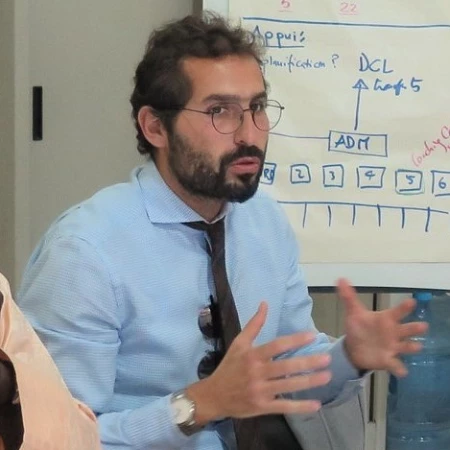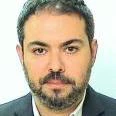
Planning is a theme in cities as ancient as Rome, Cairo, and Athens to as modern as New York and Singapore. It is used as an instrument to manage collective living. Planning remains key in shaping the urban contract of how and to what end people are willing to inhabit the same space.
Madagascar is witnessing rapid urbanization. From an overall population of 24.8 million (2016), the country has close to 7 million urbanites, compared to 2.8 million in 1993. Cities generate about 3/4 of the national GDP, with the capital city, Antananarivo, contributing more than 50%.
Since 2003, Antananarivo has experienced a 50% increase of its built environment, this rapid urbanization driven both by population growth and rural-urban migration and urban-urban migration, mostly from secondary cities to Greater Antananarivo. But the lack of employment for the capital's growing urban population has led to a concentration of poverty (of more than 66% compared to a national urban poverty rate of about 51%).
The poorest of these households live in settlements close to fewer services where housing is often temporary in nature. Half of their built environment is located in flood-prone areas. The residents are often unskilled laborers with extremely low incomes whose few economic opportunities perpetuate the degradation of their living environment, as they cannot afford to maintain it.
During our numerous visits to Tana’s slums and informal settlements while preparing the Greater Antananarivo Integrated Urban Development and Resilience Project, we could feel a strong disconnect between those neighborhoods and the city – while being at the heart of the city. This is an economic, an accessibility, and a cultural disconnect. We could feel the city is not theirs’.
This precariousness has led to a range of additional issues, such as increasing crime and violence.

An Urban Master Plan for Greater Antananarivo
In 2016, the World Bank began its preparation of the Greater Antananarivo Integrated Urban Development and Resilience Project. This overlapped with the French Development Agency’s new urban upgrading project and the Japan International Cooperation Agency’s (JICA) Urban Master Plan. Following a long period of international disengagement in the urban sector in Madagascar, these provided an opportunity to rethink urban challenges, and plan urban growth better.
The new urban plans raised one major question: Antananarivo: A city for whom?
- A city for everyone: Diverse city dwellers live differently, spend their time differently, and experience the city in different ways. Modern planning must be extremely inclusive.
- A city to connect: One of the best ways to get people out of poverty is facilitating mobility and accessibility. Greater Antananarivo residents live in flood-prone areas in order to access the neighboring job market. This economic connectivity must be coupled with social connectivity. Community life characterizes the overall Malagasy culture and tradition, especially for those migrating from a rural environment, where community ties are fundamental to the overall human relations and socio-political life. A shared vision of a common space ensures the creation of places that foster relationships and a group’s sense of belonging.
- Housing for all: An inclusive housing policy within the master planning exercise could allow all households access to housing, with the poorest affording at least decent housing, too.
- Integrate sense of beauty to connect dwellers to their inhabited spaces: We may have different tastes, but what we have in common is the enjoyment of inhabiting a space that we like. Translating aesthetic vision in the development of a city is powerful, encouraging a sense of belonging and commitment to taking care of it and improving it.



Join the Conversation